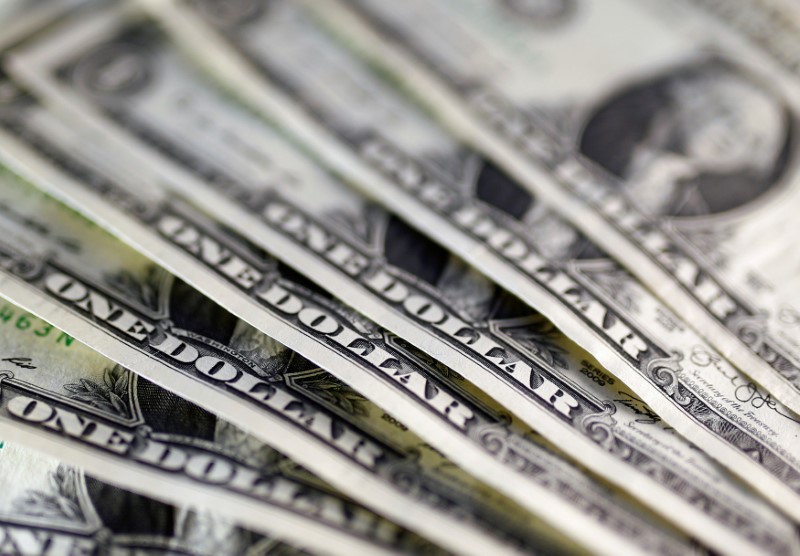Investing.com– Most Asian currencies were muted on Thursday as investors awaited cues on more stimulus in China, while the dollar steadied at 2-½ month highs amid growing speculation over a second Donald Trump presidency.
Most regional currencies were nursing losses over the past week as traders bet that the Federal Reserve will cut interest rates at a slower pace, which bolstered the dollar.
Underwhelming signals on Chinese stimulus also dented sentiment towards regional markets.
Dollar steadies near 2-½ mth high as Trump trade picks up
The and fell slightly in Asian trade, retreating from their highest levels since early-August.
The greenback was buoyed by increased speculation that Trump will secure a second term, especially as prediction markets, such as crypto betting site Polymarket, showed him pulling ahead of Vice President Kamala Harris.
Recent media polls, however, showed Harris holding a small lead, with about three weeks left to the ballots.
Trump’s policies are expected to be inflationary, potentially boosting the dollar and Treasury yields. Trump told Bloomberg on Wednesday that he will increase trade tariffs and cut taxes, while coordinating more closely with the Fed.
The dollar was also buoyed by weakness in the , which fell before a European Central Bank meeting where the ECB is widely expected to later in the day.
Chinese yuan weak as housing stimulus briefing underwhelms
The Chinese yuan weakened on Thursday, with the pair rising 0.1%.
China’s housing minister outlined more measures to help support the property market in a press briefing, including a bigger list of developers with easy access to government funding.
But the briefing offered few cues on plans for more stimulus, and mostly underwhelmed investors. The briefing was the latest in a string of high-profile meetings held by Chinese officials to outline economic support.
Focus is now on third-quarter data, due on Friday, for more cues on the Chinese economy.
Broader Asian currencies moved in a flat-to-low range, amid pressure from a stronger dollar. The Japanese yen’s pair was flat as the country logged a bigger-than-expected and weak in September.
Japanese , due on Friday, is now in focus for more cues on the country.
The Australian dollar was an outlier, with the pair rising 0.2% after data read stronger than expected for a sixth consecutive month, furthering the prospect of a hawkish Reserve Bank.
The South Korean won’s pair rose 0.4%, while the Singapore dollar’s pair was flat.
The Indian rupee’s pair remained close to record highs above 84 rupees.
Read the full article here


